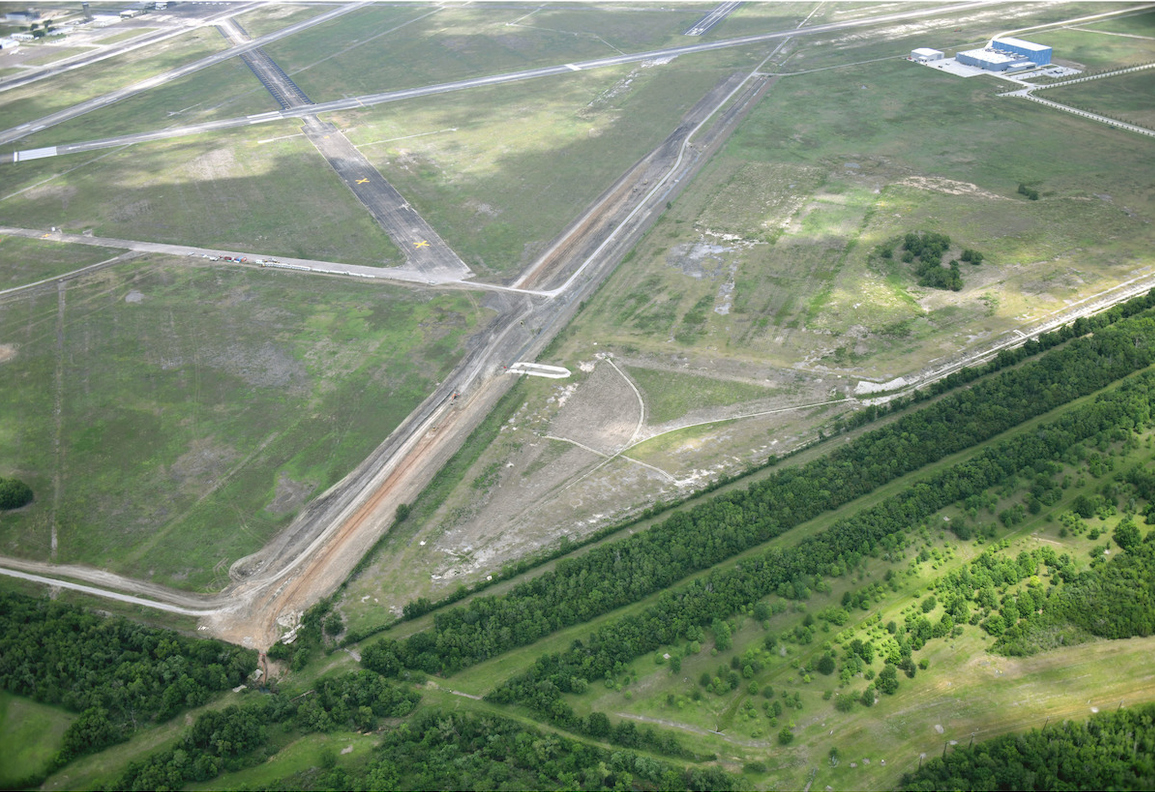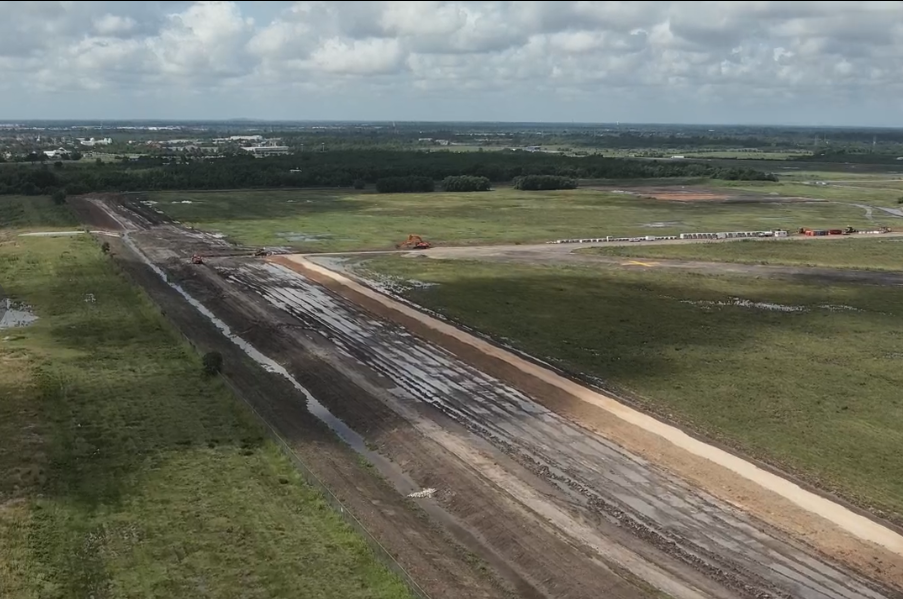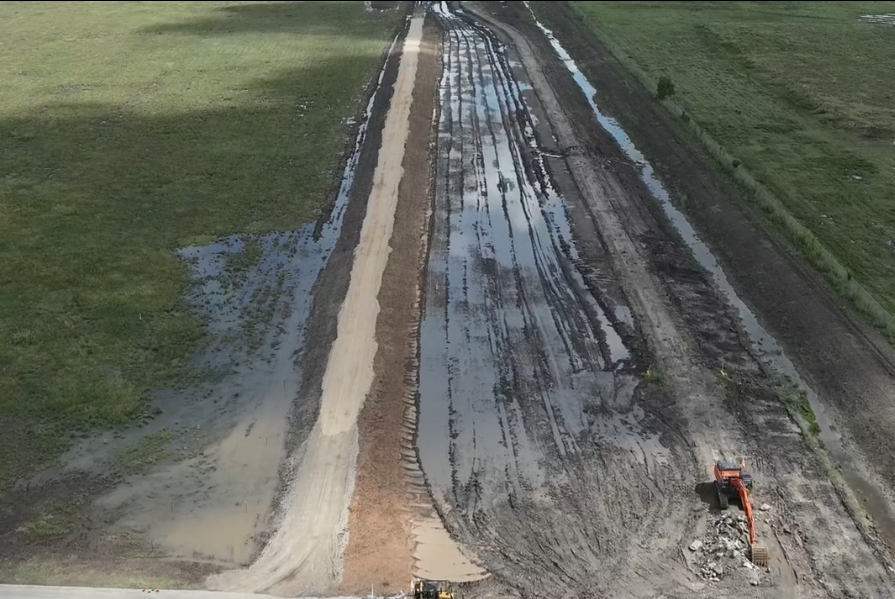Countdown City: How Houston’s Spaceport quietly became the launchpad for the next space age
Ten years after earning its FAA license, the Houston Spaceport is now home to over $10 billion in aerospace contracts, and it’s just getting started.
Jul 14, 2025

It didn’t start with a launch. It started with a license.
In 2015, Houston Airports became the 10th entity in the United States to receive a commercial spaceport license from the Federal Aviation Administration (FAA), legally authorizing it to develop a launch site for reusable, suborbital spacecraft. It was a bold move for a city better known for controlling missions than launching them, but the groundwork—political, financial and regulatory—was laid with quiet resolve.
A decade later, the Houston Spaceport is breaking ground again, this time on something deceptively simple: Taxiway Lima.

It’s a two-mile strip of pavement, sure. But it’s also the physical connector between the Spaceport and Ellington Airport (EFD); the key that finally links terrestrial aviation with commercial spaceflight. Construction began in May with site clearing, channel widening and base stabilization. The project, expected to be completed by the end of 2026, is backed by federal grants and $5 million from the Texas Spaceport Trust Fund. The total budget hovers near $60 million, a fraction of what’s been invested just steps away.

EFD and the Houston Spaceport already represent a significant economic engine for the Houston region, supporting more than 8,550 jobs, federal and state military operations and generating a total economic output of $2 billion annually.
The Houston Spaceport has quietly emerged as a booming cluster of next-gen aerospace companies. Collectively, the tenants now boast more than $10 billion in awarded contracts, building spacecraft, training astronauts, fabricating orbital modules and preparing for missions that will shape the next half-century.
The Houston Spaceport isn’t just riding the commercial space wave. It’s shaping it. “We didn’t just want a launch site. We wanted an ecosystem,” Arturo Machuca, director of Ellington Airport and the Houston Spaceport for Houston Airports. “That vision has taken root here, and what we’re seeing now is just the beginning.”
The beginning feels especially fitting in a city where space has always been part of Houston’s cultural vocabulary. At the Houston Spaceport, Axiom Space, for example, trained astronauts from Poland, Hungary and India. As it builds the first commercial international space station, Axiom Space is poised to host mission operations for private firms—launch, landing and logistics—all in the same place.
RELATED | The Spaceport that built Houston’s future
When Taxiway Lima is complete, planes and spacecraft will finally move across the same connected ground, less than 20 miles southeast of downtown Houston. What once felt like the future will become a functioning piece of daily operations.
And that’s the quiet revolution here. No countdown. No liftoff, yet. Just steady, strategic work to turn the Houston Spaceport into something rare: a functioning launch point for dreams that used to live only in orbit.
RELATED | Reaching new heights: Involve Space, Houston Spaceport forge bold collaboration